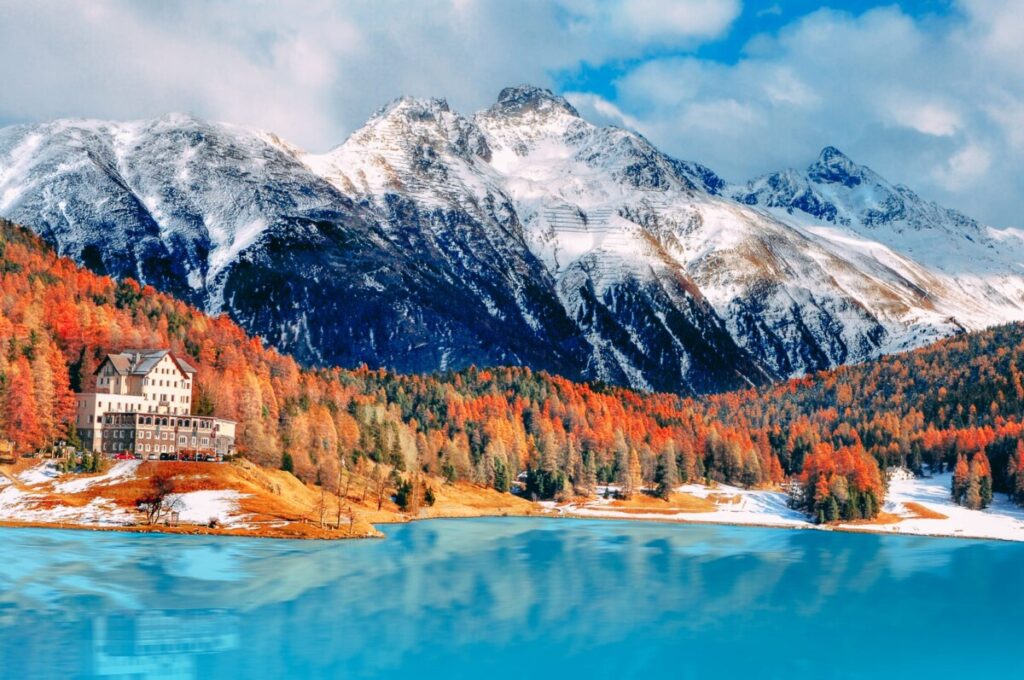As it relates to Switzerland’s climate, the weather varies based on the changes in elevation and depends on the sun exposure (World Atlas, 2021). Temperatures typically have an average of 50 degrees Fahrenheit at night in the spring and summer months, with the day temperatures averaging at about 80 degrees (Countries Quest, 2021). For example, temperatures change so much that you may see palm trees by the lakes in the southern area of Switzerland, near Italy. Then, in that same season, there is permanent snow in the Alps area (Weather and Climate Swiss, 2021). In the autumn season, temperatures range from 46 – 59 degrees Fahrenheit. Due to the permanent snow covering many mountains in Switzerland, the winter months are generally below freezing, averaging at 28 degrees Fahrenheit.

The rugged grounds in Switzerland greatly reduce the land that is available for growing crops. Therefore, natural resources are limited (Natur Historisches Museum, 2020). Agriculture is only a small piece of Switzerland’s overall income. The most common crops are beets, wheat, and potatoes. For natural resources, Switzerland is a major producer of aluminum/steel (My Switzerland, 2021). This is used as an important piece in Switzerland’s economy. Switzerland’s largest exports include machinery, watches, and textiles (Thomas, G.P., 2012).




